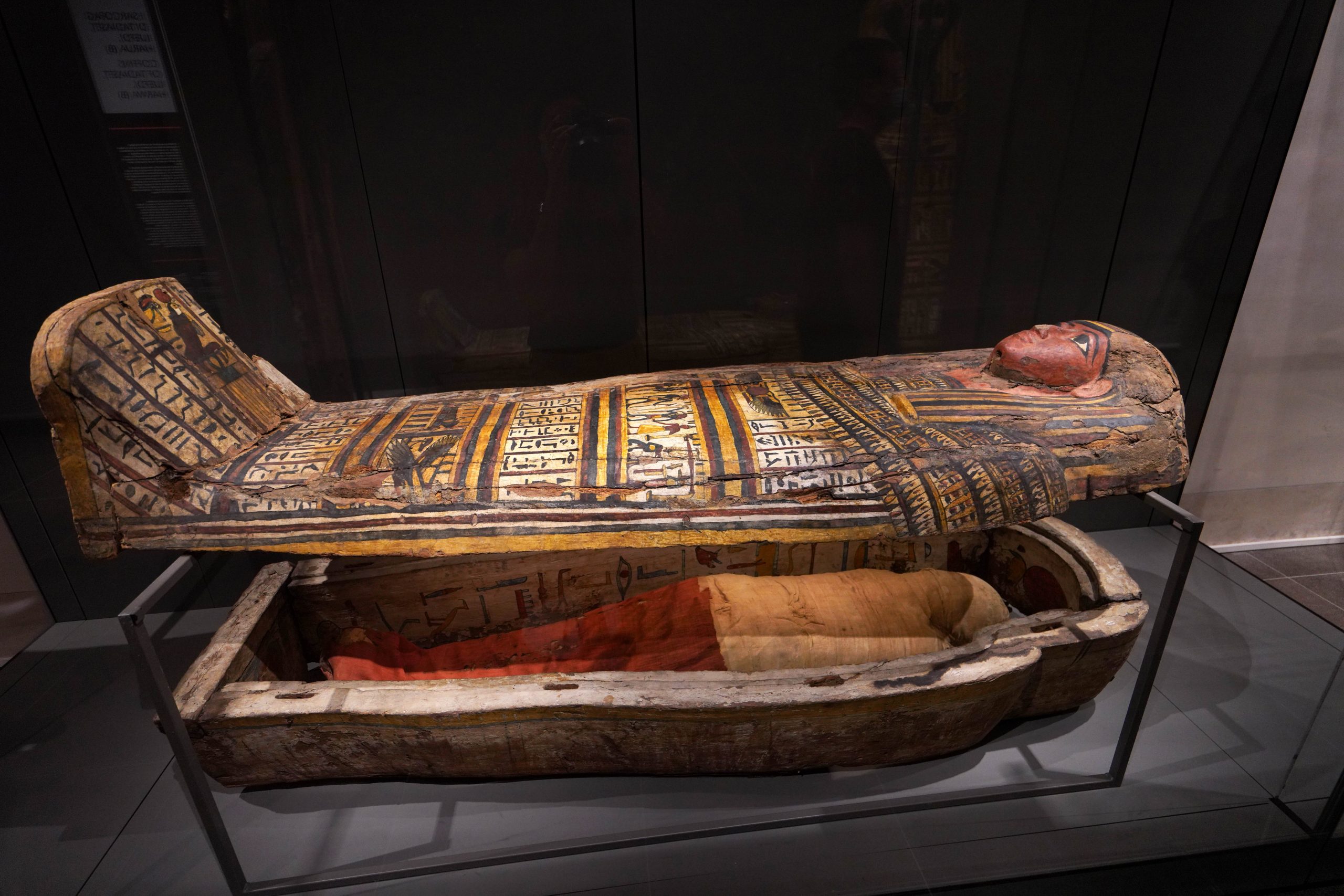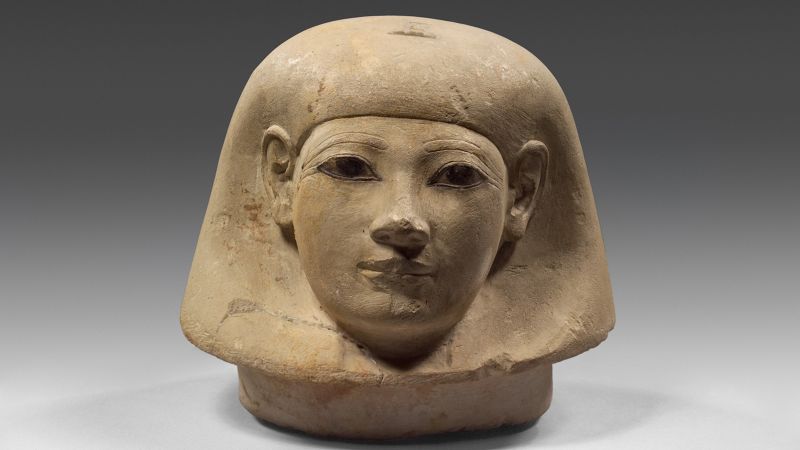Ancient Egyptian Mummification Aroma Revived

Scientists have painstakingly recreated the mummification scent used over 3,500 years ago.
For the first time, visitors to Denmark’s Moesgaard Museum will be able to experience the past not only through sight but smell. An interdisciplinary team led by Barbara Huber at the MPI of Geoanthropology has painstakingly recreated the mummification scent used over 3,500 years ago, labeled as “the scent of eternity.”

Unlocking Secrets of the 18th Dynasty
Diving deep into ancient Egypt, the researchers focused on the preservation materials of noblewoman Senetnay from around 1450 BCE. Advanced technologies like gas chromatography-mass spectrometry played a pivotal role in deciphering the substances used, as detailed in their study in Scientific Reports.
Huber elaborates, “Intriguingly, our analysis of balm residues from Senetnay’s mummification equipment – discovered over a century ago in the Valley of the Kings – sheds light on complex ingredients.” These treasures, now at the Museum August Kestner in Hannover, comprised a blend including beeswax, plant oil, and Pinaceae resins.
Christian E. Loeben, an Egyptologist at the Museum August Kestner, adds, “This intricate concoction not only underscores ancient mummification sophistication but also ancient Egypt’s expansive trade networks.”
A Journey Beyond Egypt’s Borders
The balms’ composition indicates Egypt’s vast trade routes during the 2nd millennium BCE. Prof. Nicole Boivin emphasizes the importance of these findings, “The diversity of the ingredients showcases Egypt’s early external trade relations and underlines Senetnay’s prominence in the pharaoh’s court.”
Foreign elements like Mediterranean-sourced larch tree resin and potential dammars from Southeast Asian tropical forests point towards early and widespread trade connections.
The Olfactory Experience
French perfumer Carole Calvez and sensory museologist Sofia Collette Ehrich recreated the mummification scent based on the researchers’ insights. Huber asserts that “the scent of eternity” symbolizes much more than a mere fragrance—it encapsulates the profound spiritual, historical, and cultural aspects of Ancient Egyptian funerary customs.
By introducing this scent, the Moesgaard Museum intends to deliver an immersive experience, letting visitors engage with history in an unprecedented olfactory manner, bringing ancient Egyptian mysticism alive.
Furthermore, this innovative approach caters to the visually impaired, offering an inclusive experience that delves deep into Egypt’s majestic past.
Have something to add? Visit Curiosmos on Facebook. Join the discussion in our mobile Telegram group. Also, follow us on Google News. Interesting in history, mysteries, and more? Visit Ancient Library’s Telegram group and become part of an exclusive group.
Related Post
A shocking documentary proves that mermaids do exist
SHOCKING Revelation: Thuya, Mother of Queen Tiye, Was the Grandmother of Akhenaten and Tutankhamun—What Ancient Egyptian Secrets Did She Leave Behind?
Breaking News: Astonishing Discoveries at Karahan Tepe Confirm an Extraterrestrial Civilization is Hiding on Earth, and NO ONE Knows!
Breaking News: Researchers FINALLY Discover U.S. Navy Flight 19 After 75 Years Lost in the Bermuda Triangle!
NASA’s Secret Investigation: Uncovering the Astonishing Mystery of the UFO Crash on the Mountain!
Explosive UFO Docs LEAKED: Startling Proof That Aliens Ruled Ancient Egypt!

